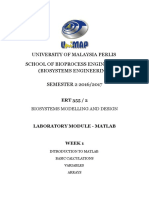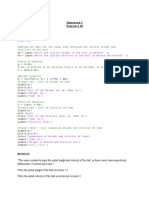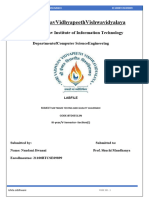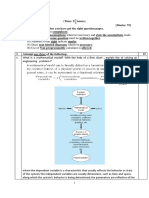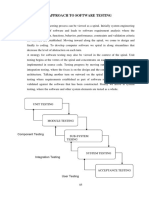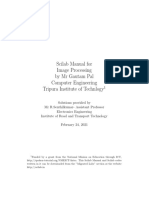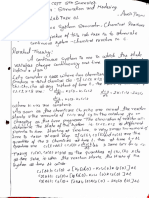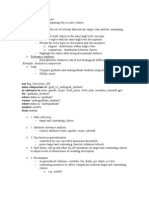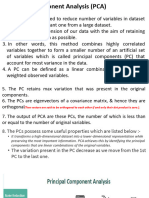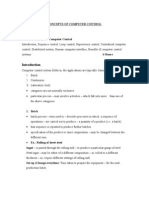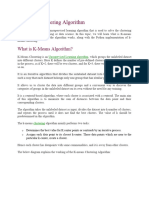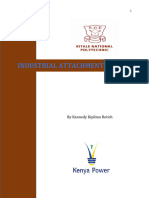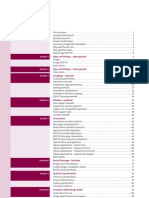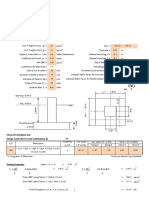100% found this document useful (1 vote)
174 views7 pagesIntroduction To Matlab: 1.1 Objectives
The document provides an introduction to MATLAB, including its history, features, and environment. MATLAB was originally developed in the 1970s from FORTRAN libraries and was rewritten in C in the 1980s to add more functionality like plotting routines. It is a high-level technical computing language and environment used by over a million engineers and scientists. The document describes MATLAB's desktop interface and commonly used commands and functions.
Uploaded by
Maheswari SingarajCopyright
© © All Rights Reserved
We take content rights seriously. If you suspect this is your content, claim it here.
Available Formats
Download as DOCX, PDF, TXT or read online on Scribd
100% found this document useful (1 vote)
174 views7 pagesIntroduction To Matlab: 1.1 Objectives
The document provides an introduction to MATLAB, including its history, features, and environment. MATLAB was originally developed in the 1970s from FORTRAN libraries and was rewritten in C in the 1980s to add more functionality like plotting routines. It is a high-level technical computing language and environment used by over a million engineers and scientists. The document describes MATLAB's desktop interface and commonly used commands and functions.
Uploaded by
Maheswari SingarajCopyright
© © All Rights Reserved
We take content rights seriously. If you suspect this is your content, claim it here.
Available Formats
Download as DOCX, PDF, TXT or read online on Scribd
/ 7

